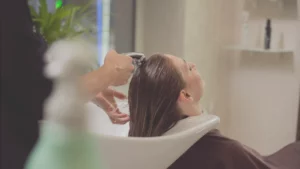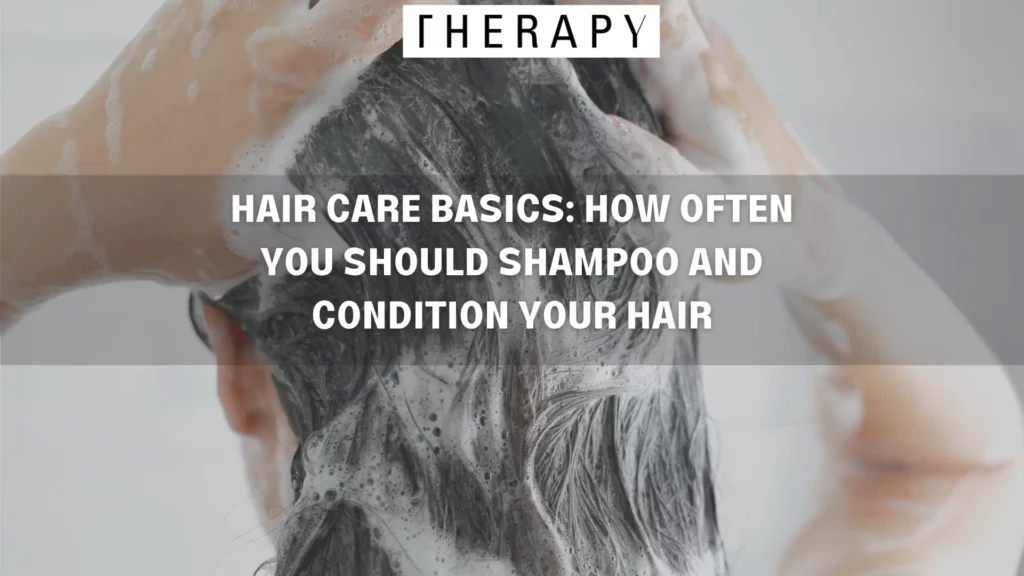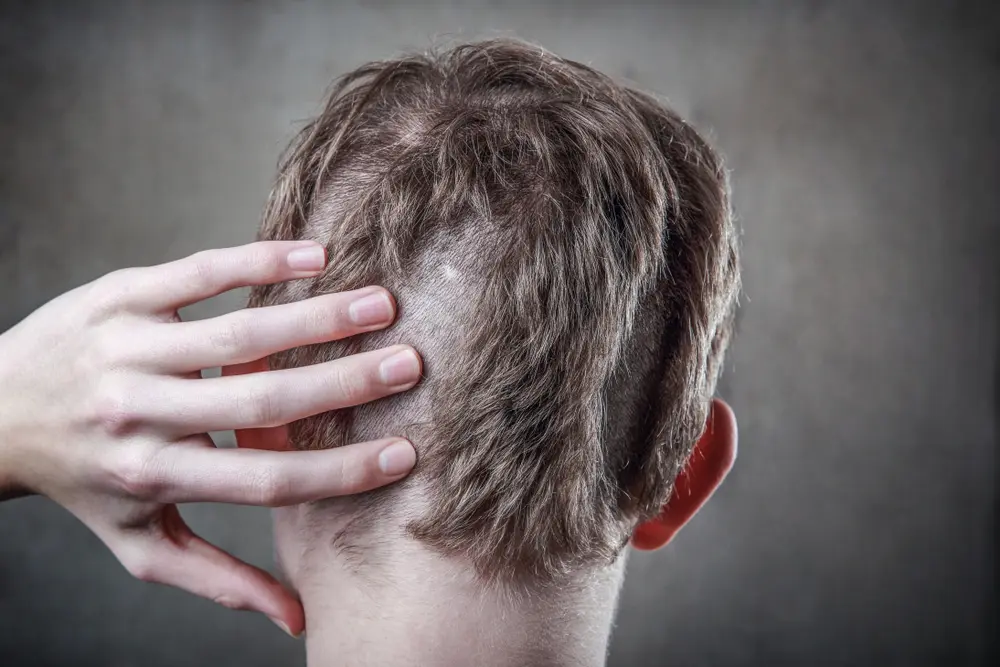Many people shampoo and condition their hair daily, believing this routine helps their hair stay clean and healthy. Unfortunately, daily shampooing and conditioning can damage your hair and make it harder to manage. At the same time, going too long between shampoo and conditioning treatments can also damage your hair and leave it looking greasy. The trick is to find the Goldilocks zone: Not so often that your hair products start to damage your hair, but often enough to keep it healthy and looking its best.
At Therapy Hair Studio, we understand the challenges of maintaining your hair. We also know everyone’s hair is different, and finding the right routine is often difficult. Our team would be happy to suggest some routines and products to use, but in the meantime, this blog explains how often you should wash and condition your hair.
Washing Too Often Leads to Dry, Frizzy Hair
Have you ever noticed your hair feeling stripped or brittle, even when you’re using fancy hair products? That could be a sign you’re washing it too frequently. Shampooing is essential to remove dirt and product build-up, but overdoing it can strip your hair of its natural oils. These oils, produced by your scalp, keep your hair moisturized and protected. When robbed of this essential layer, your hair becomes dry, frizzy, and more prone to breakage.
Conditioning, on the other hand, replenishes the moisture in your hair. However, over-conditioning can weigh down your hair, making it look greasy and lifeless. It can even lead to product build-up, which ironically defeats the purpose of shampooing in the first place.
Washing Too Infrequently Causes Greasy, Itchy Hair
In the quest for healthy hair, waiting too long between washes can also cause problems. If you go too long between shampoo treatments, your scalp accumulates dirt, oil, and product residues. This build-up makes your hair look limp and greasy and can also clog hair follicles, potentially hampering healthy hair growth. An environment like this becomes a playground for bacteria, leading to scalp infections, dandruff, or an itchy, irritated scalp.
It’s also critical to condition your hair regularly. Daily wear and tear, environmental pollutants, and styling can take a toll on your hair, making it vulnerable to damage. Regular conditioning helps restore the lost moisture, ensuring your hair stays strong, elastic, and less prone to breakage. Skipping conditioner for extended periods also leaves the hair unprotected, leading to dryness, tangles, and brittleness.
Finding the Hair Care Sweet Spot

However, conditioner is a tad more forgiving to your hair than shampoo. If you often find your hair feeling dry or tangled, you can consider conditioning even on days you skip the shampoo. It’s less likely to cause any harm and could be the hydration boost your locks crave.
Properly Washing and Conditioning Your Hair: A Step-By-Step Guide
- Wet Your Hair: Begin by thoroughly wetting your hair with lukewarm water. This helps open the hair cuticles and prepares your scalp for a cleanse. Hot water can damage your hair follicles and scalp, so don’t turn the temperature too high.
- Apply Shampoo: Pour a coin-sized amount of shampoo (adjust for your hair length) onto your palm. Lather between your hands and then apply to the scalp. Remember, the primary focus is the scalp; that’s where most dirt and oil accumulate.
- Massage: Use your fingertips (not nails!) to gently massage the shampoo into your scalp in circular motions. This boosts blood circulation and aids in effective cleansing.
- Rinse: Rinse out the shampoo thoroughly with lukewarm water. Ensure there’s no residue, as leftover shampoo can lead to scalp irritation and product build-up.
- Apply Conditioner: Pour conditioner into your palm and rub your hands together. Apply it mainly to the mid-lengths and ends of your hair. These are the oldest and most damaged parts of your hair, and they benefit most from the conditioner’s nourishing ingredients.
- Let it Sit: Allow the conditioner to sit for 2-5 minutes. This lets your hair absorb all the goodness. If your hair is particularly dry or damaged, leave it on a bit longer.
- Rinse Again: Rinse out the conditioner thoroughly with cold water. This helps seal the cuticle, ensuring your hair retains moisture and shines brightly.
- Pat Dry: Instead of roughly rubbing your hair with a towel, gently pat it dry or use a t-shirt. This minimizes friction and reduces the risk of breakage.
Therapy Hair Studio has everything you need to make your hair shine, and our stylists can help you find your perfect style. Call (713) 355-4247 or complete our contact form to schedule an appointment.
Related Posts:







